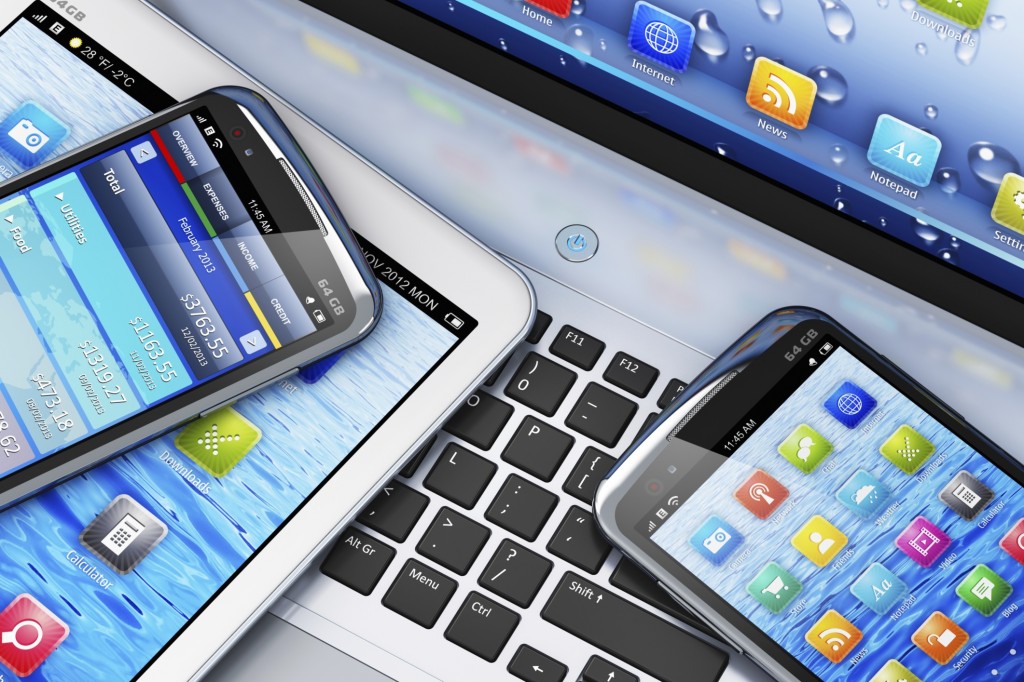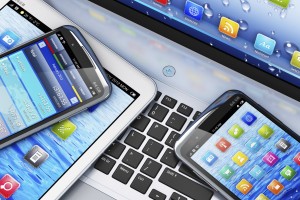To most people, computers are relativity simple to purchase, operate and understand (for the most part). However, to the non-tech customer, computers can seem like a scary devices made even more frightening by silly myths and misconceptions. The following list includes five common myths and misconceptions about computers.
You need to defragment your drive regularly. Fact is, you don’t even need to defragment a modern computer. Windows computers have a built in defragmentation utility that runs in the background on a pre-defined scheduled. Macs also have a file system that automatically defragments files, referred to as HFC.
Viruses are making your computer slow. Anytime a computer starts to run slower than usual, the most common thing to blame is a malware. While it is always possible that your computer is infected, modern malware is designed to be so profit-driven that the creator’s best interest is to keep it running secretly in the background. Meaning you won’t typically notice a performance decrease due to an infection. Instead, your computer may be slower due to running too many programs simultaneously, unnecessary plugins, lack of free RAM or disk space, or a hardware problem.
Paid “cleaner” software improve performance. I’m sure you’ve seen ads that say something like “Download Junk Removing Software for Faster Computer Speeds”. These programs promise to clean up your computer and speed it up, however, this is just junk software that will only slow it down. These programs also are commonly known to deliver malware, like spyware or adware and rarely do anything beneficial whatsoever.
You don’t need antivirus software. Two of the most common reasons people think they don’t need antivirus software are usually “I have a Mac and Macs don’t get viruses” or “I don’t do anything risky online that would get me infected”. Both reasons are completely incorrect; you always need antivirus software.
You should always turn off your computer. There is no truth to this myth. In reality, leaving your computer on and allowing it to go into sleep mode when you’re not using it is safe and effective way from having to turn it on and off regularly. The system resources used as well as the battery drain is very minimal when it’s in sleep mode. However, you should turn your computer off from time to time if there’s no reason to keep it on. Every computer has a life-span, so turning it off when it’s not being used can allow the computer to last a bit longer.
If you have any questions or concerns about your computer, contact Up and Running Computer Solutions in Corona, CA at 951-737-8558 or visit our website at www.urcs.net for additional information.
Proudly serving Corona, Riverside, Anaheim, Irvine, Newport Beach, Tustin, and all surrounding areas.


